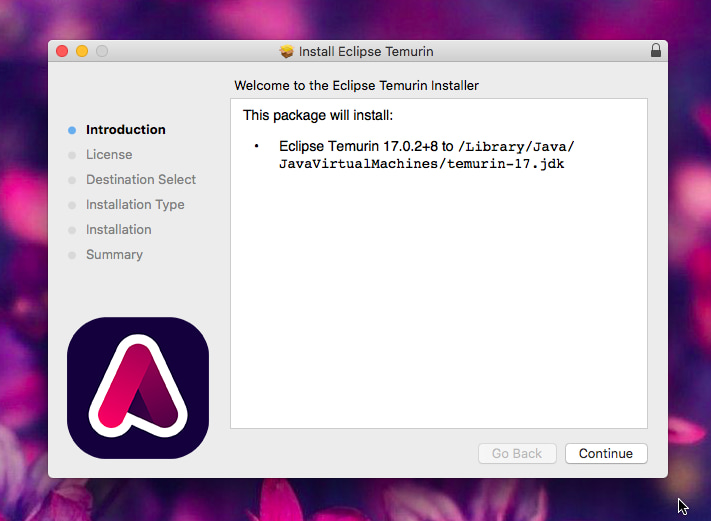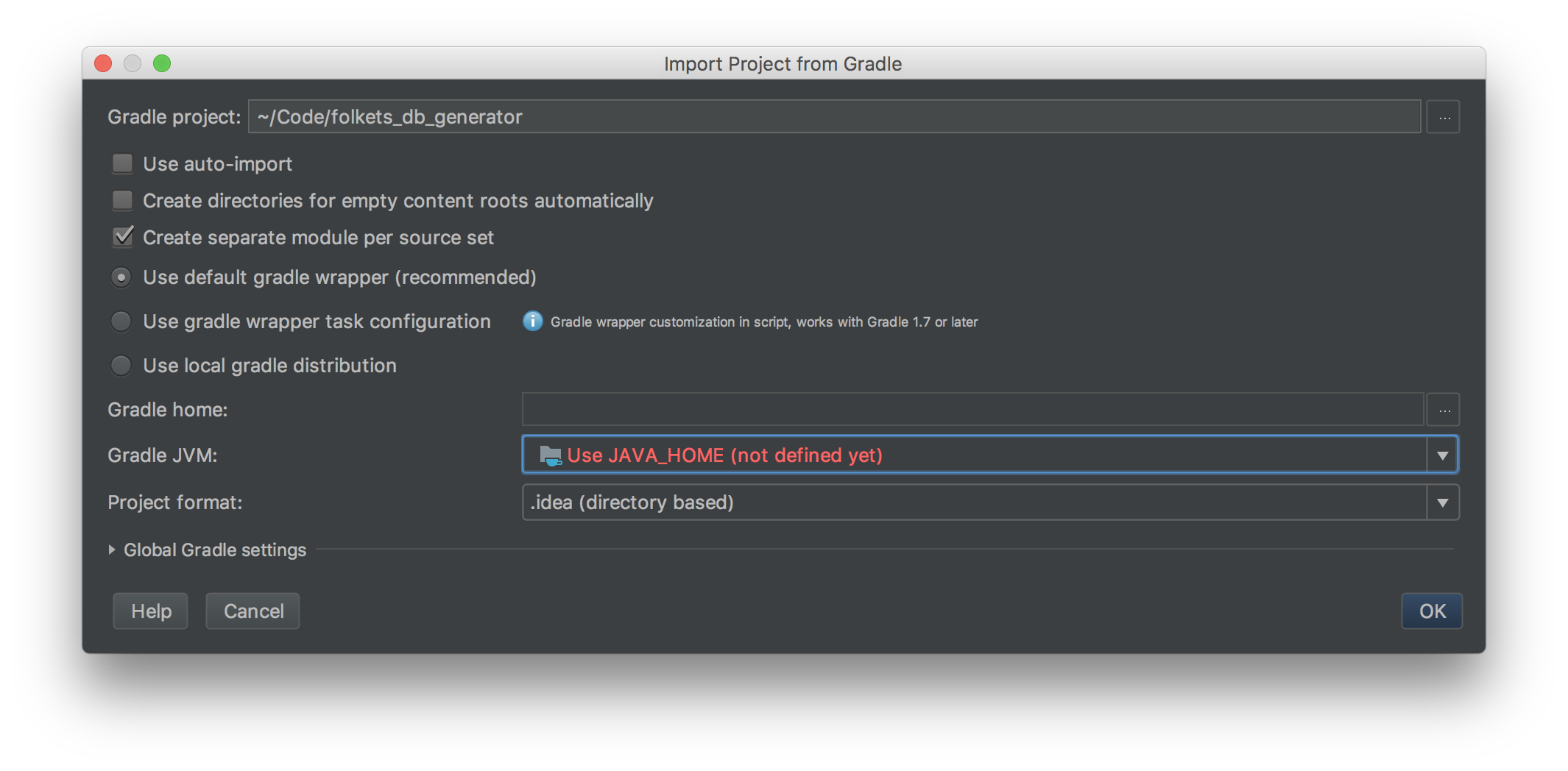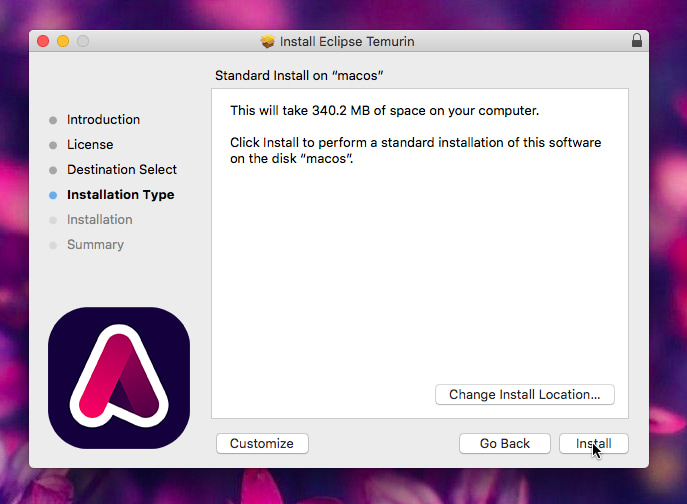
OpenJDK 64-Bit Server VM (build 15.0.1+9-18, mixed mode, sharing)Ĭongratulations! You have installed OpenJDK 15. OpenJDK Runtime Environment (build 15.0.1+9-18) You should then see an output similar to the following: openjdk version "15.0.1" You should now be able to run java: java -versionĭepending on your security settings, the following warning needs to be accepted by clicking “Open”: bash_profile if it already exists): echo -n "\nexport JAVA_HOME=/Library/Java/JavaVirtualMachines/jdk-15.0.1.jdk/Contents/Home" > ~/.bash_profileĪnd make sure to apply the changes: source ~/.bash_profile Test Java bash_profile (or, change the existing JAVA_HOME entry in your.

Library/Java/JavaVirtualMachines/jdk-15.0.1.jdk/Contents/HomeĪnd append the resulting path as an export into your. Next, execute the following command to find out where JDK 15 is located: $ /usr/libexec/java_home -v15 Nowadays there are many JRE packages available from a variety of projects and companies, but the two most popular on Ubuntu are OpenJDK and Oracle HotSpot. Then, extract it and delete the archive: sudo mv openjdk-15.0.1_osx-圆4_ /Library/Java/JavaVirtualMachines/ If you have an M1 or M2 Mac, choose the Arm 64 installer. Select the macOS tab and download the DMG installer for your processor architecture. Follow the steps below to download and install it on Mac.

tar.gz version of OpenJDK 15 from /15/ and move the file to /Library/Java/JavaVirtualMachines/ on your mac. Option 1: Install Oracle JDK Oracle JDK is available for download on Oracles website.

If you prefer written instructions, just keep reading: Download and Install OpenJDK 15ĭownload the. Update: I have created a video tutorial on how to install OpenJDK on macOS Big Sur: In this article, I will demonstrate how to install Java OpenJDK 15 on macOS Big Sur in 2021.


 0 kommentar(er)
0 kommentar(er)
